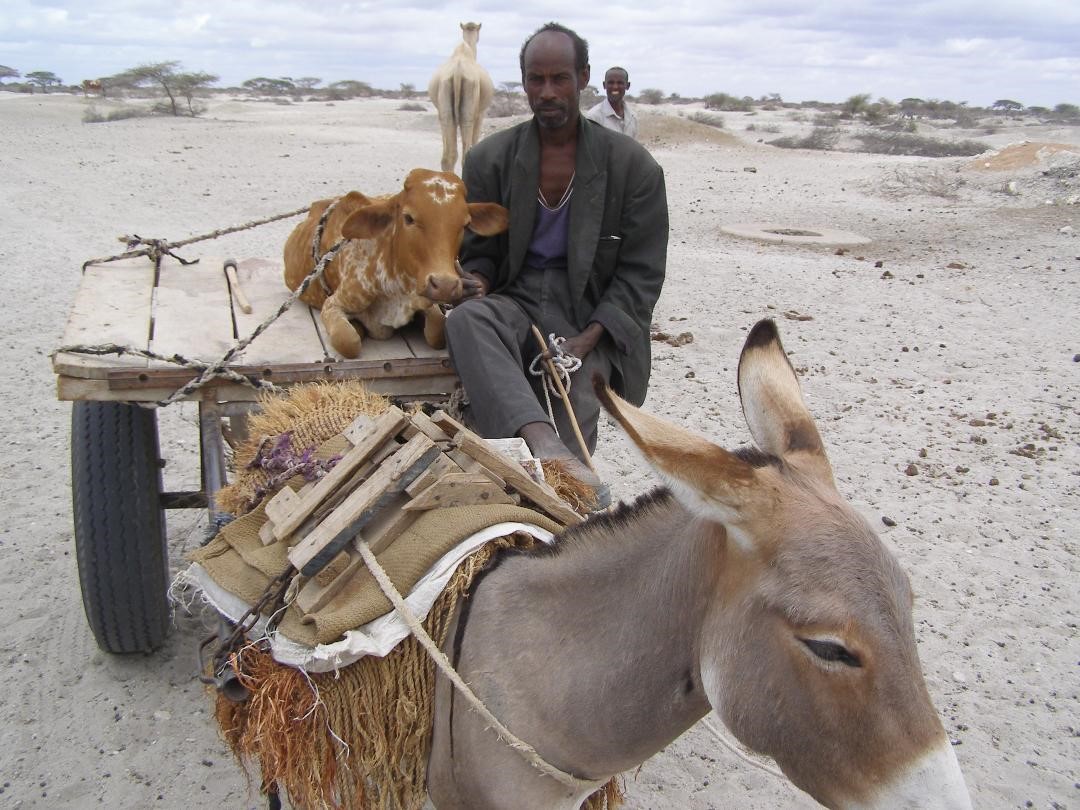
A recent forum in Wajir County brought together local stakeholders to explore the possible link between changing weather patterns and violent extremism in the county, a pastoralist hotspot in the Horn of Africa.
The workshop is part of a research project titled “Climate Change and Preventing / Countering Violent Extremism Policy: Strengthening Knowledge Systems in Kenya and Beyond” a collaboration between Coventry University (UK), the Technical University of Mombasa (Kenya), and funded by the British Academy.
Participants from various sectors of the community convened to determine whether a link exists between climate change and violent extremism, aiming to develop a policy that guides how state and non-state actors can respond.
“This research project will bring us closer to climate-sensitive P/CVE and VE-sensitive climate policy responses by working with a diverse set of Kenyan stakeholders to develop and test strategies for generating and presenting evidence on the intersection of climate change and violent extremism, thereby supporting a more integrated policy approach to these societal challenges,” said Dr. Fathima Azmiya Badurdeen, a Postdoctoral Researcher at the University of Groningen and Senior Lecturer at the Technical University of Mombasa.
With its focus on Kenya, the research will help shape local and global interventions to address the dual challenge. “The project focuses on Kenya, but will examine the international transferability of the insight and guidance developed. Kenya has been internationally prominent in developing policy responses to climate change and violent extremism augmenting opportunities for international influence,” notes Dr. Fathima.
Wajir’s selection highlights the severity of climate stress and radicalisation in a region grappling with worsening humanitarian crises. Located along Kenya’s border with Somalia, the county frequently experiences extreme climate events and is a near flashpoint for violent extremism. Thousands of families are caught in the double crisis of environmental devastation and insecurity.
With a population exceeding 800,000, Wajir has suffered decades of climate shocks, cyclic droughts, erratic rains, displacement, and resource-based conflict leading to severe livelihood loss.
“Climate Change is a real issue affecting livelihoods of the local community and due to its negative impact people resort to poaching and charcoal burning to earn a living,” says Hasan Abdi Omar, Regional Coordinator of the Kenya National Commission on Human Rights
Wajir’s economy depends largely on livestock. But recurring droughts have made pastoralism unsustainable for many. Increasing number of herders are abandoning nomadism, settling on the outskirts of towns with few alternatives.
According to Mr. Dekow Hassan, Area Lead for Deriswanaag, a UK-funded peace project in border regions, climate-driven economic collapse has left youth vulnerable to radicalisation.
“With livestock as the primary source of income and sustenance, drought-induced animal deaths result in many youths becoming pastoral ‘dropouts.’ Disillusioned, unemployed, and disconnected from traditional ways of life, these young people become highly vulnerable to recruitment by criminal networks and extremist groups, who exploit their grievances and economic desperation,” Mr. Hassan says.
During drought, herders often cross into Somalia for pasture and water, bringing them into areas with extremist influence. “This makes pastoralist communities more likely to view these groups as legitimate government, further entrenching extremist influence,” adds Mr. Hassan.
The absence of basic government services at the border such as health, water, education, and empowerment creates a vacuum extremist groups exploit. There is growing recognition that climate change and violent extremism are increasingly interconnected.
“Climate change worsens security issues including violent extremism, while violent extremism hinders efforts to address climate change. However, efforts to make P/CVE climate-sensitive and climate policy VE-sensitive have been limited,” says Dr. Fathima.
The research project introduces a four-phase pilot to bridge the gap between evidence and policy: identifying evidence needs, conducting research in Kenya, co-developing policy responses with stakeholders, and exploring international replication. It aims to embed evidence-based practices in policy-making where environmental and security concerns converge.

